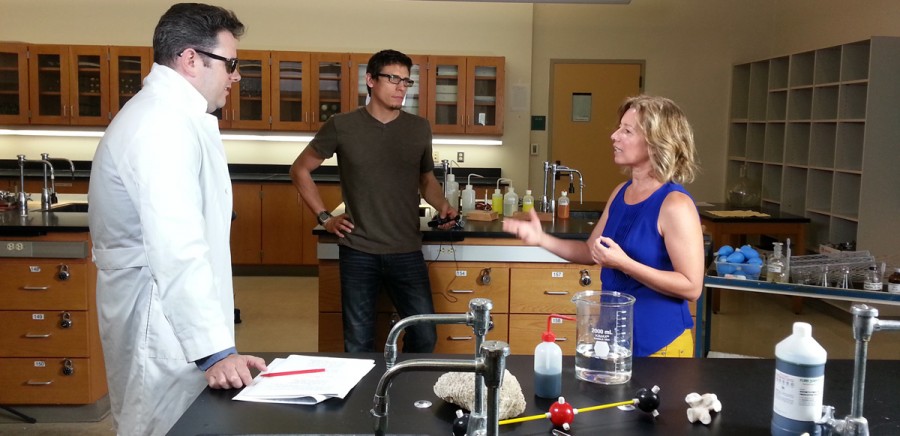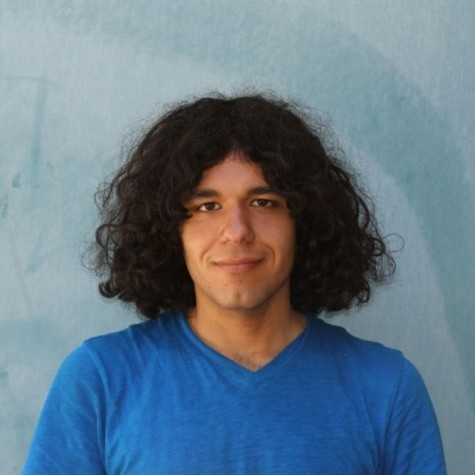Science geeks who build robots that can take over the world are typically what come to mind when people think of NASA’s Jet Propulsion Laboratory.
However, the facility is not as out-of-this world or detached from the public as people may think.
GCC faculty and students have the opportunity to work at JPL through the Glendale Community College-Pasadena Community College Career Technical Education Community Collaborative.
JPL, located in La Canada Flintridge, is where most of NASA’s technology is researched and developed. Some of JPL’s greatest accomplishments include Earth’s only interstellar probe Voyager 1 and the rover Curiosity, which is currently patrolling the surface of Mars.
The purpose of the program is to connect teachers and students to the research resources of JPL.
Media Arts instructor Ryun Hovind, who describes himself as a visual communicator, said he acted as a translator of sorts during his time there. He was tasked with taking advanced scientific information and turning it into animated visuals that an average audience could understand.
Hovind hopes the presentation will show a picture of JPL culture that the public is not used to, describing it as a “controlled environment” that is conducive to science.
“JPL is huge,” he said, comparing the laboratory’s size to Disneyland. “It’s an amazing resource that a lot of people don’t know about.”
Part of the presentation will include a slideshow and video demonstration on the process of ocean acidification. Increasing levels of acid in ocean waters have become a growing environmental concern. As excess carbon dioxide pollutes the atmosphere, acidic levels in the ocean elevate, poisoning the marine environment and killing off key food sources. JPL’s website contains an immense amount of data regarding acidification and other environmental concerns.
GCC media arts students Jobi Javier and Julio Espino assisted in the filming process by operating cameras, designing sets, and providing voiceovers. Espino said the experience reminded him of watching Bill Nye the Science Guy as a child.
“I like the idea that they are trying to get young people into science,” said Espino.
Javier, who acted as a technical assistant, said that what he hopes viewers will understand the consequences of their everyday actions in relation to the environment after watching their presentation.
Hovind described Javier and Espino as very valuable resources. The video will also be posted on the JPL website and their official Facebook page.
The presentation will also address other topics, such as the effects of climate change on the oceans, and the history of the Los Angeles River.
Laura Tennenbaum, an adjunct oceanography professor, worked as a faculty intern at JPL for three years before she was hired by the lab as a full-time science communicator. She described her time interning as an empowering experience.
Although the topic of climate change is one that can leave people feeling pessimistic, Tennenbaum has a more positive outlook.
“Being a professor makes one hopeful for the future because you’re teaching the next generation,” she said.
The faculty who were involved with this program will share their JPL experiences in the form of a lecture and video demonstration Sept. 23 in CR 177 at 12:30 p.m.


